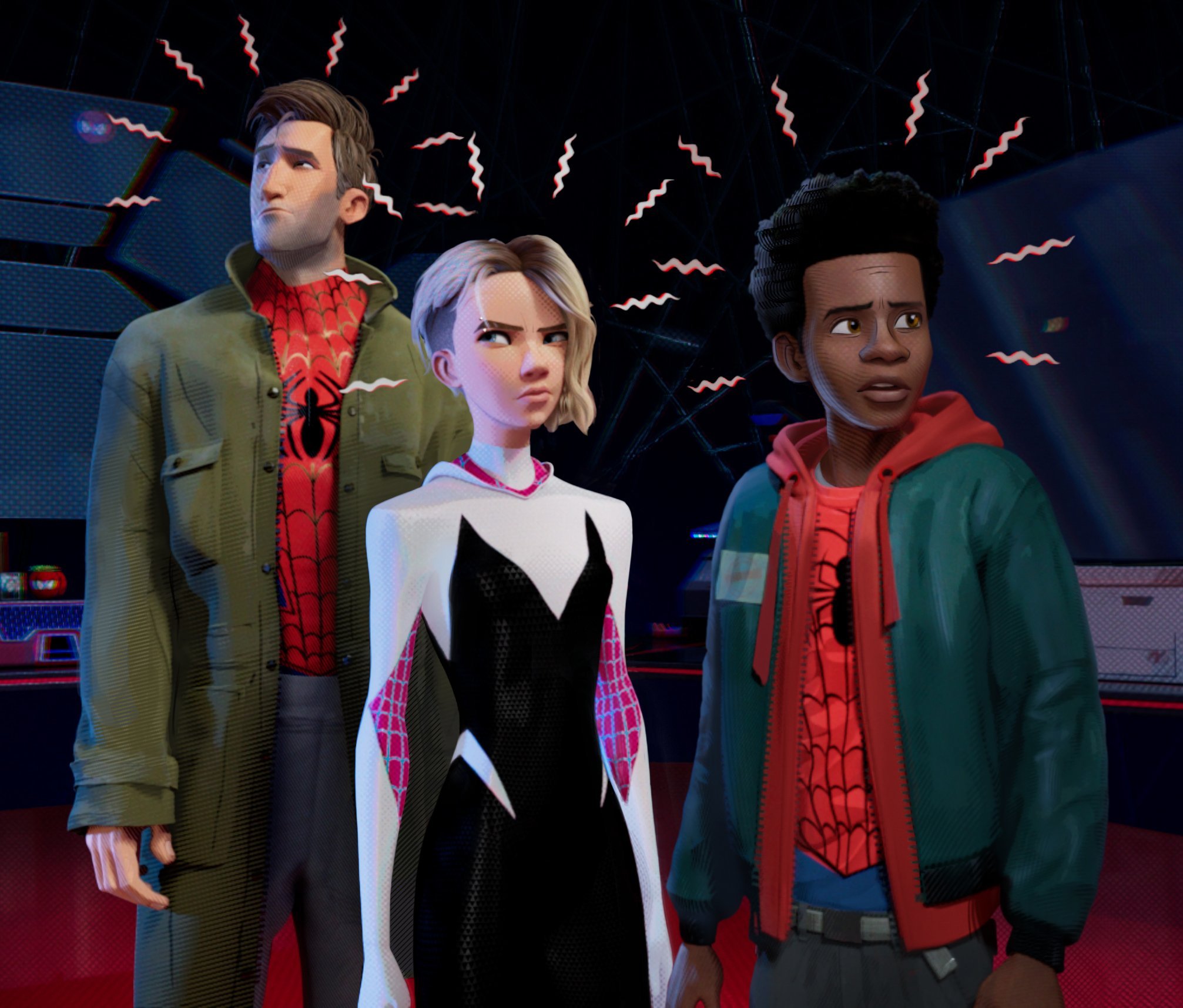
Feature Film Characters
A showcase of the work I do building characters for film
Scroll ↓
Spider-Man: Into the Spider-verse won the 2019 Academy Award and 2019 Golden Globe for Best Animated Feature Film!
When we started the initial look-of-picture test, we knew we were on to something special. This was something that was a vast departure from any other feature animated film, a graphic comic book style.
As a Character Setup Supervisor, I was tasked with guiding a team that built the puppets for the animators. We needed to make characters with real anatomy much like a live-action film, but still able to achieve a stylized look. They also needed to support the extreme poses that the animators needed to hit. Working closely with the animation and visual effects supervisors, I started with Peter Parker in his Spider-Man suit, the basis for all characters in the film. I designed a new system that simulated the action of real muscles but worked on the puppet the animators were using so they could see the results as they worked. I personally built the puppets for Peter Parker, Spider-Man, Wanda, Spider-Gwen, and Uncle Aaron. I have since adapted this system for the live-action Spider-Man: Far From Home.
Below are some of the characters that I have helped create that have starred in movies such as Spider-Man: Into the Spider-verse, Spider-Man: Far From Home, Men In Black: International, Storks, Oz The Great and Powerful, Hotel Transylvania 2, The Smurfs, and Alice in Wonderland.
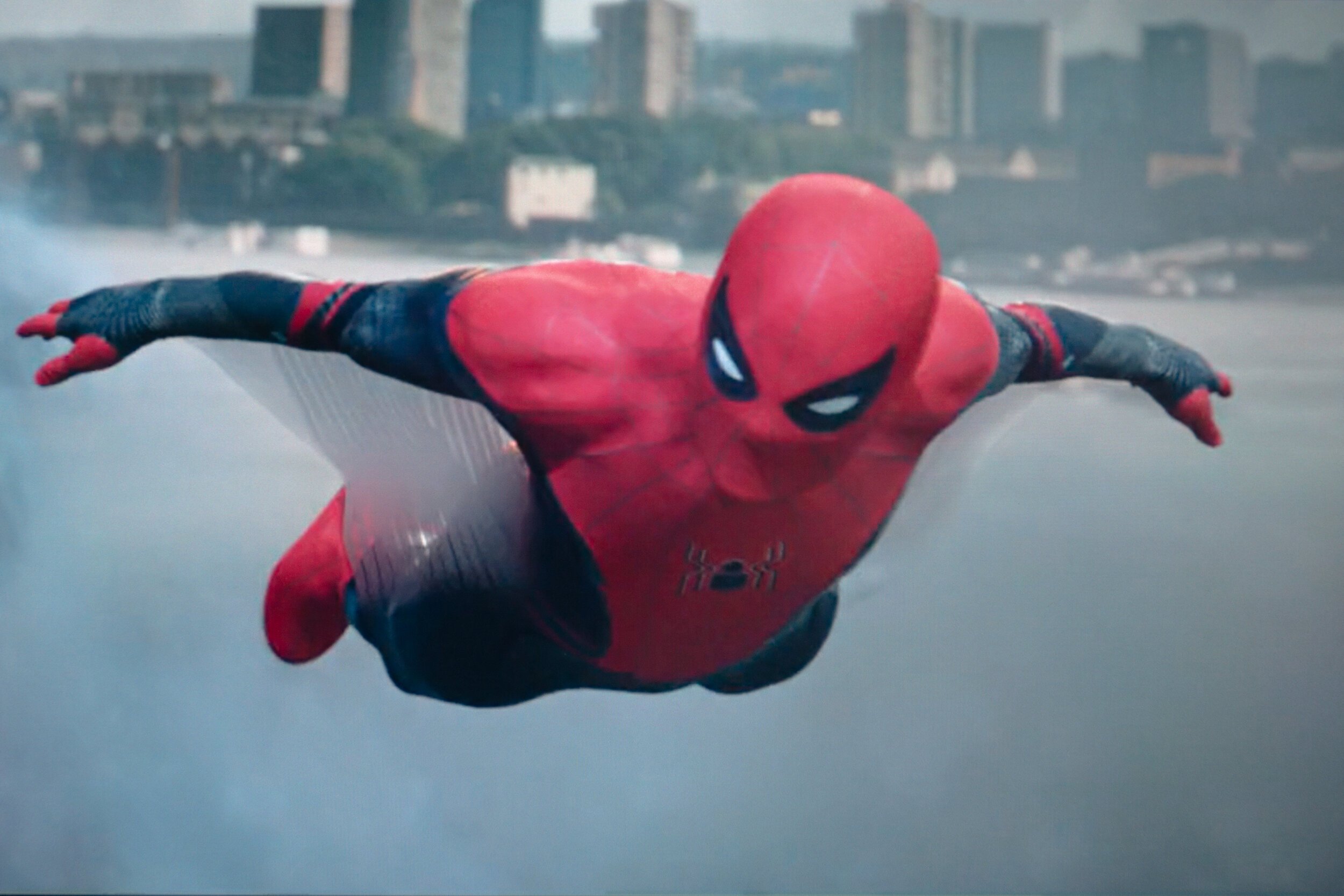


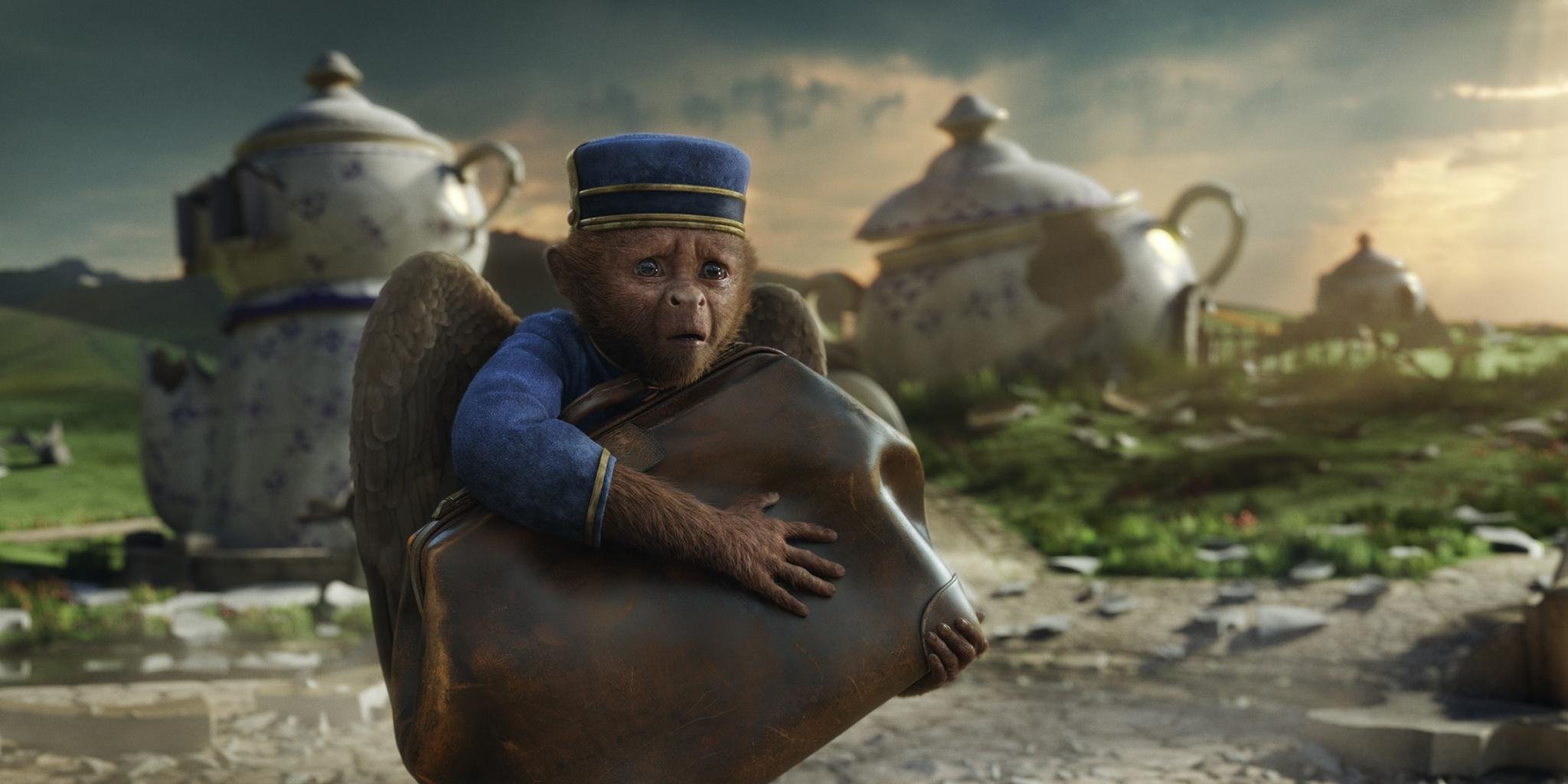


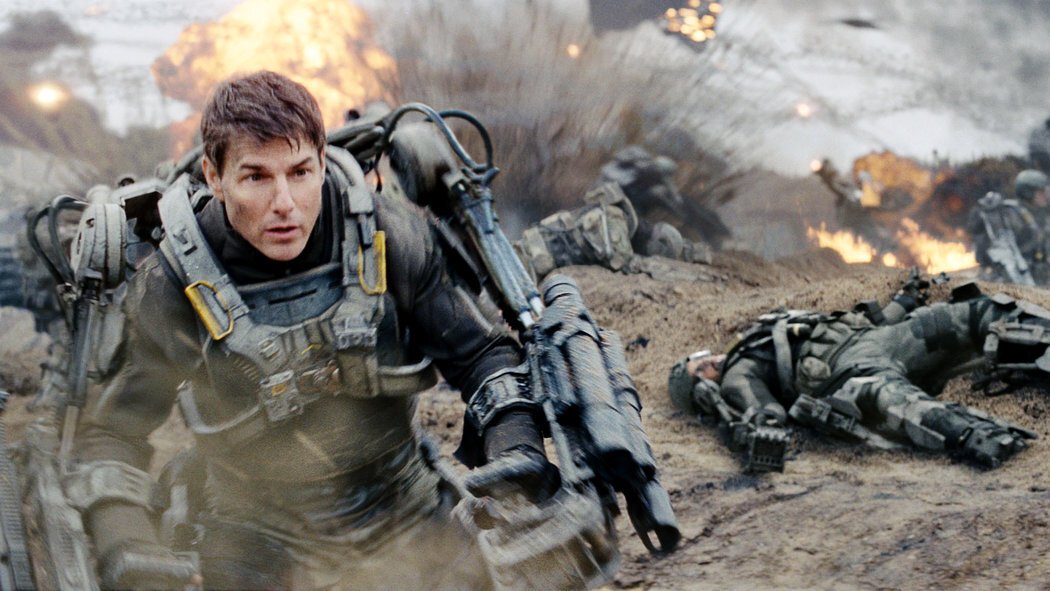


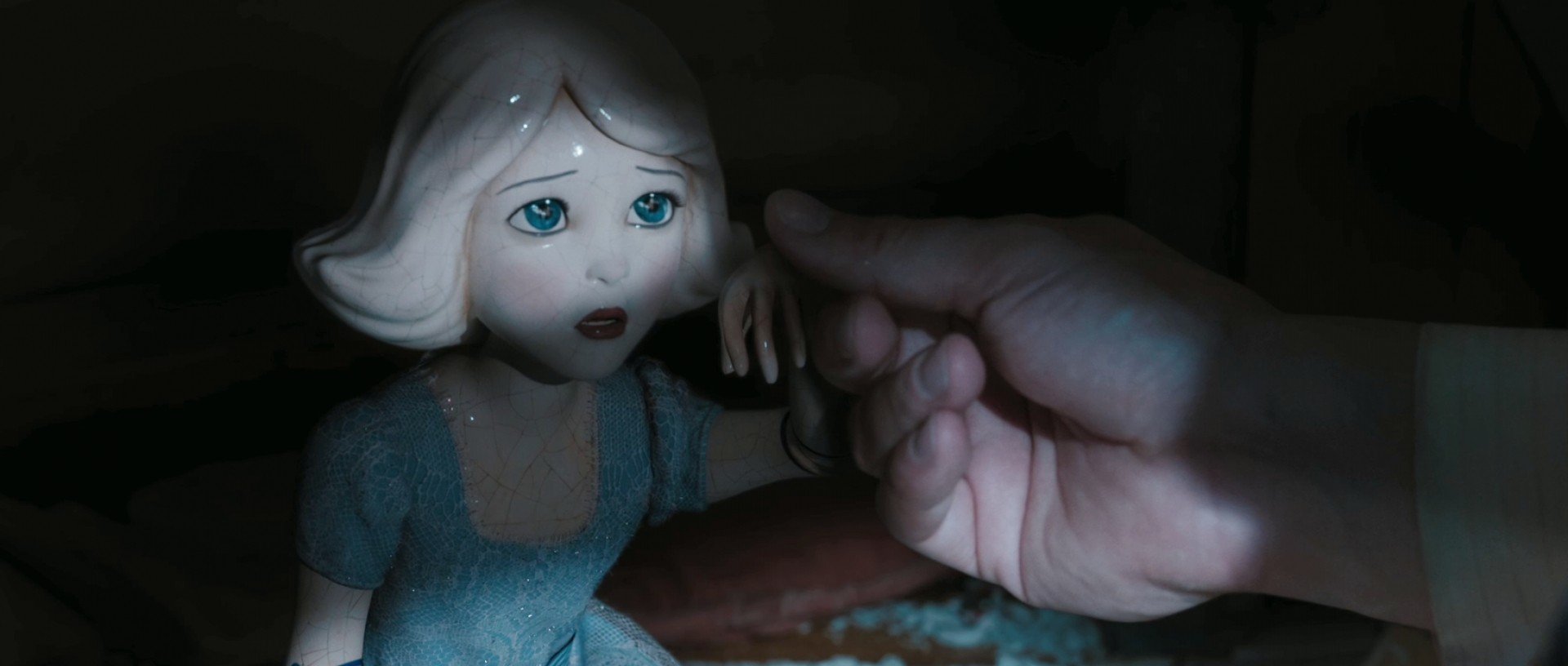
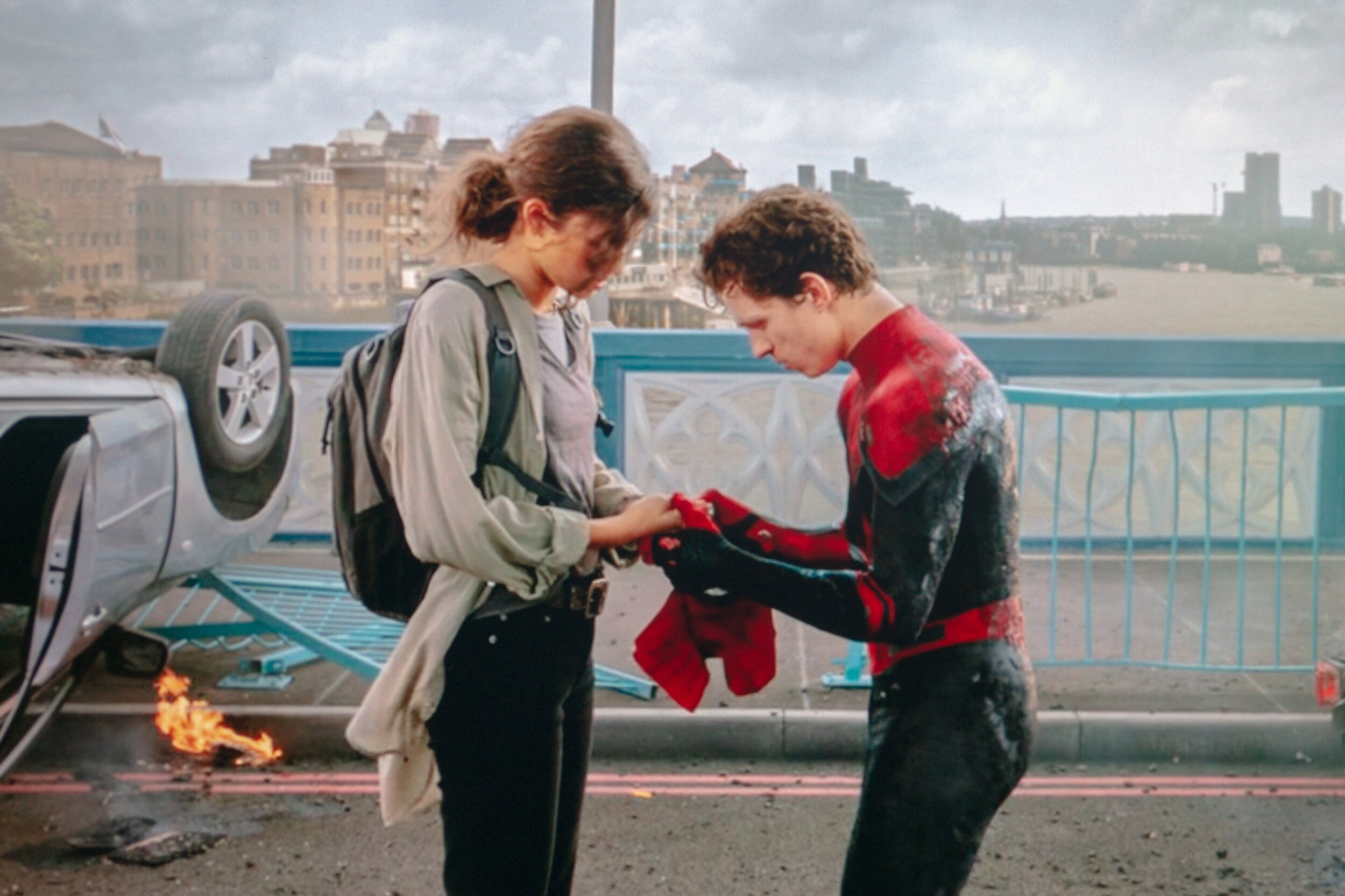



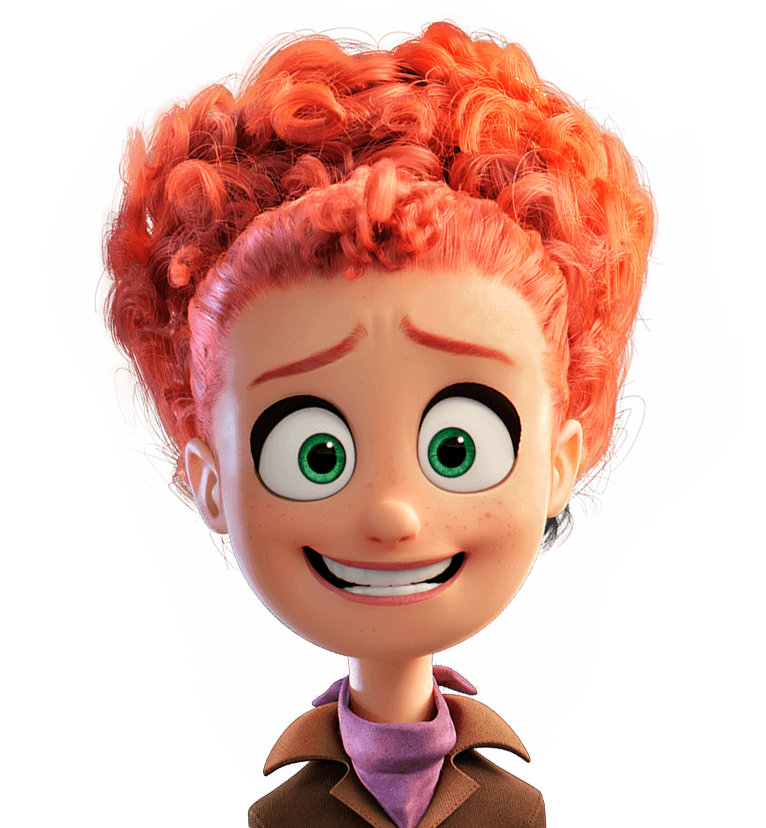
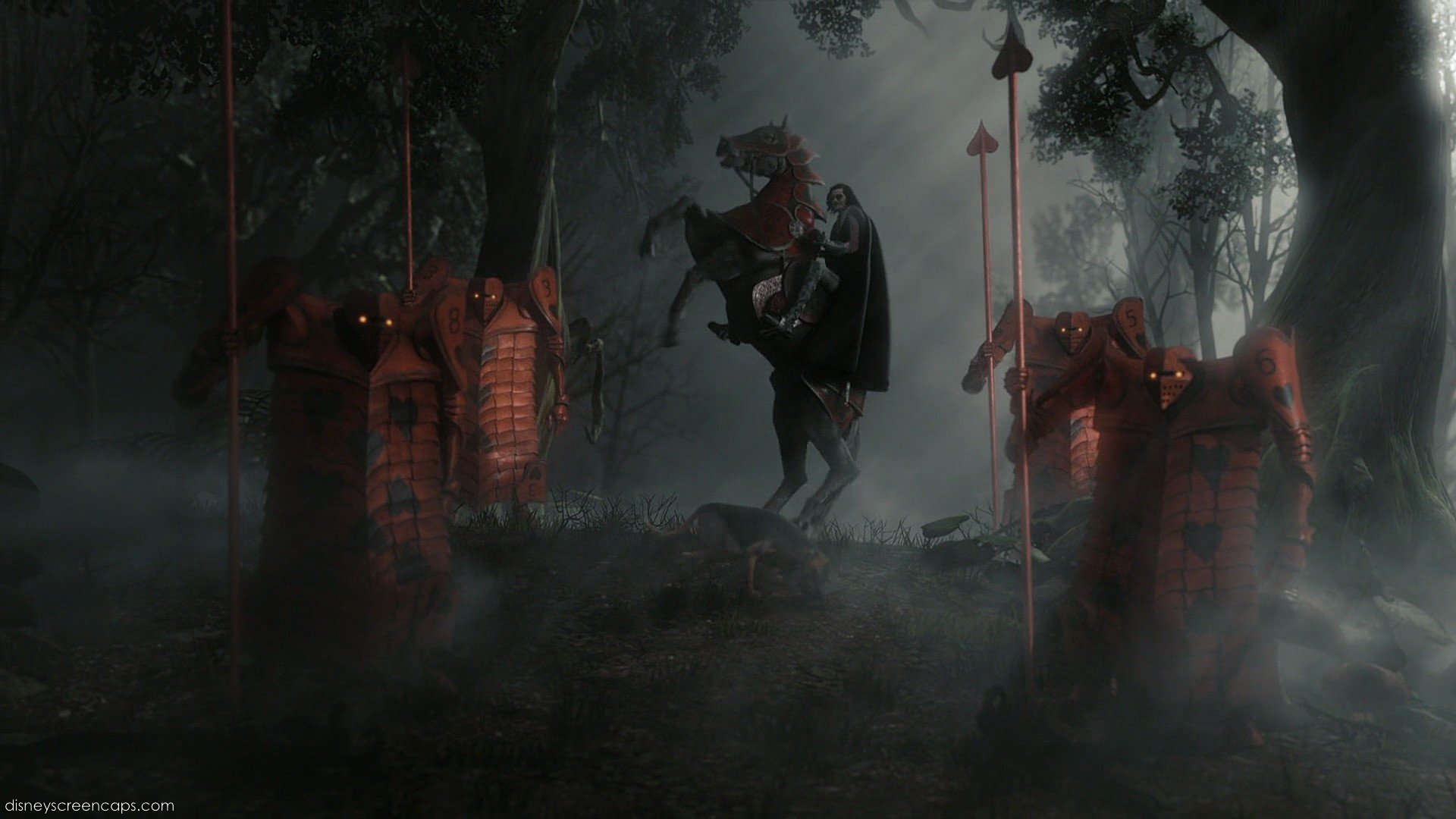



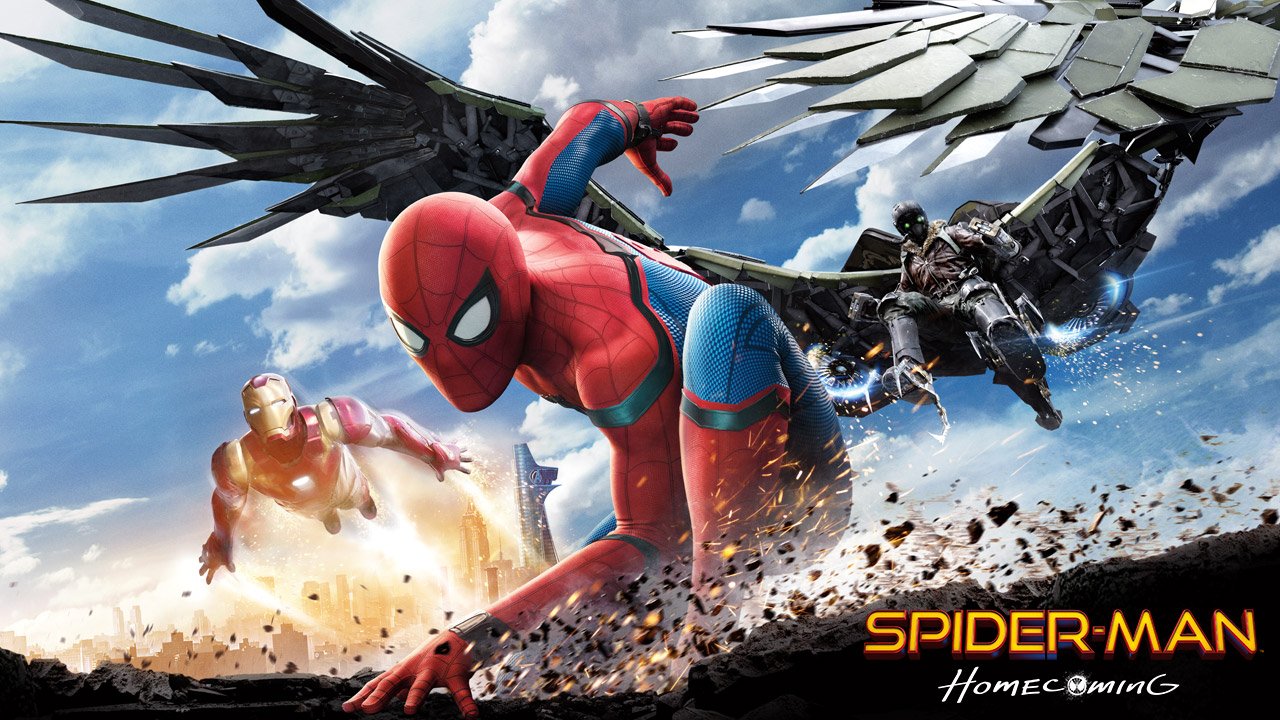
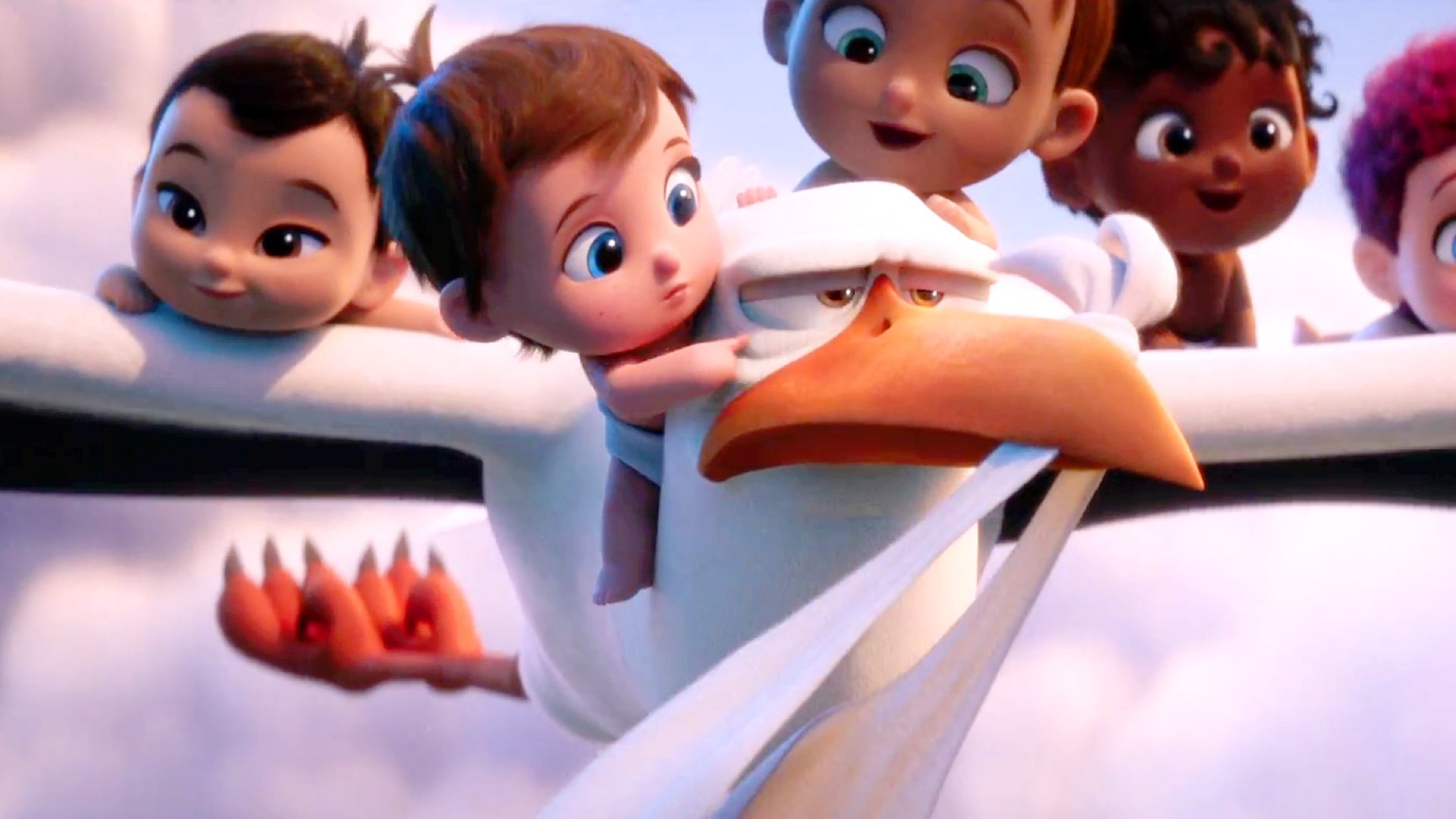
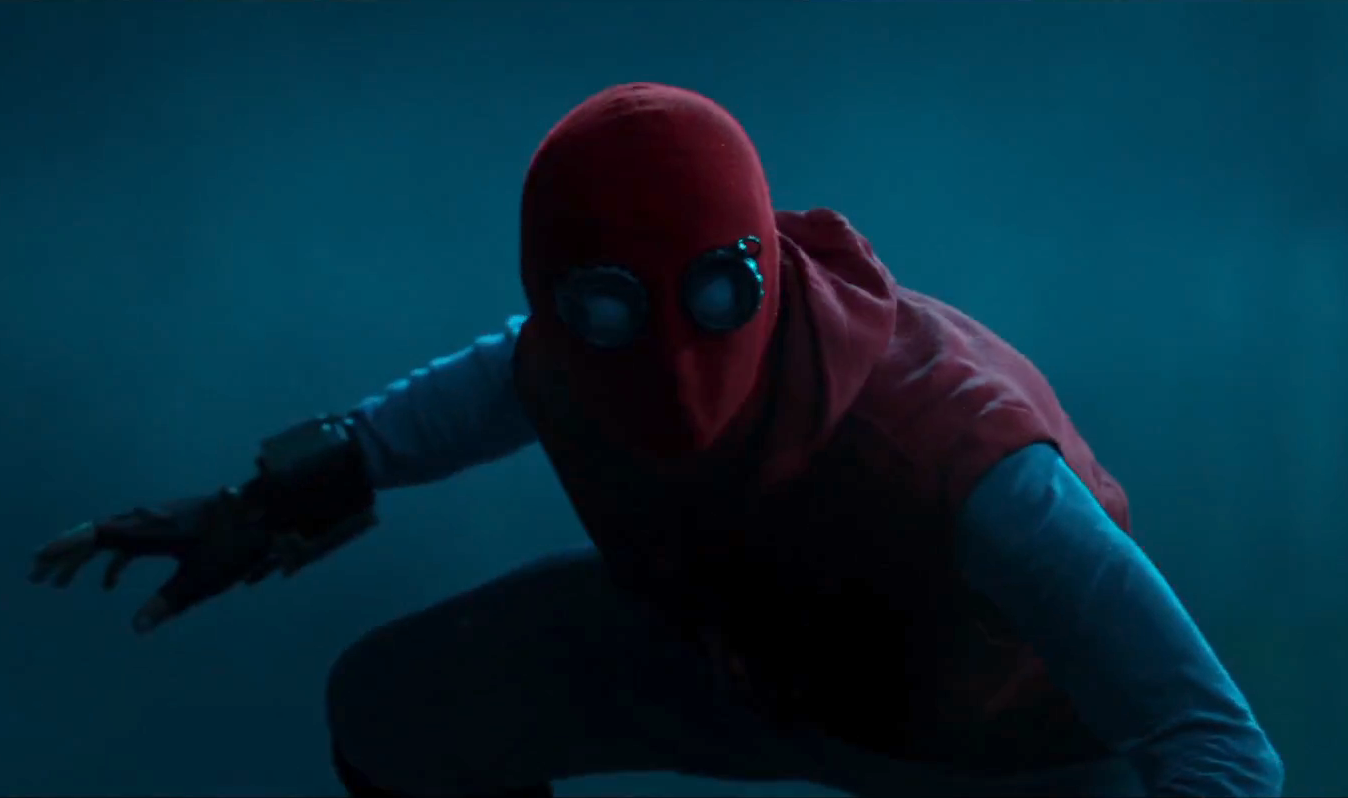
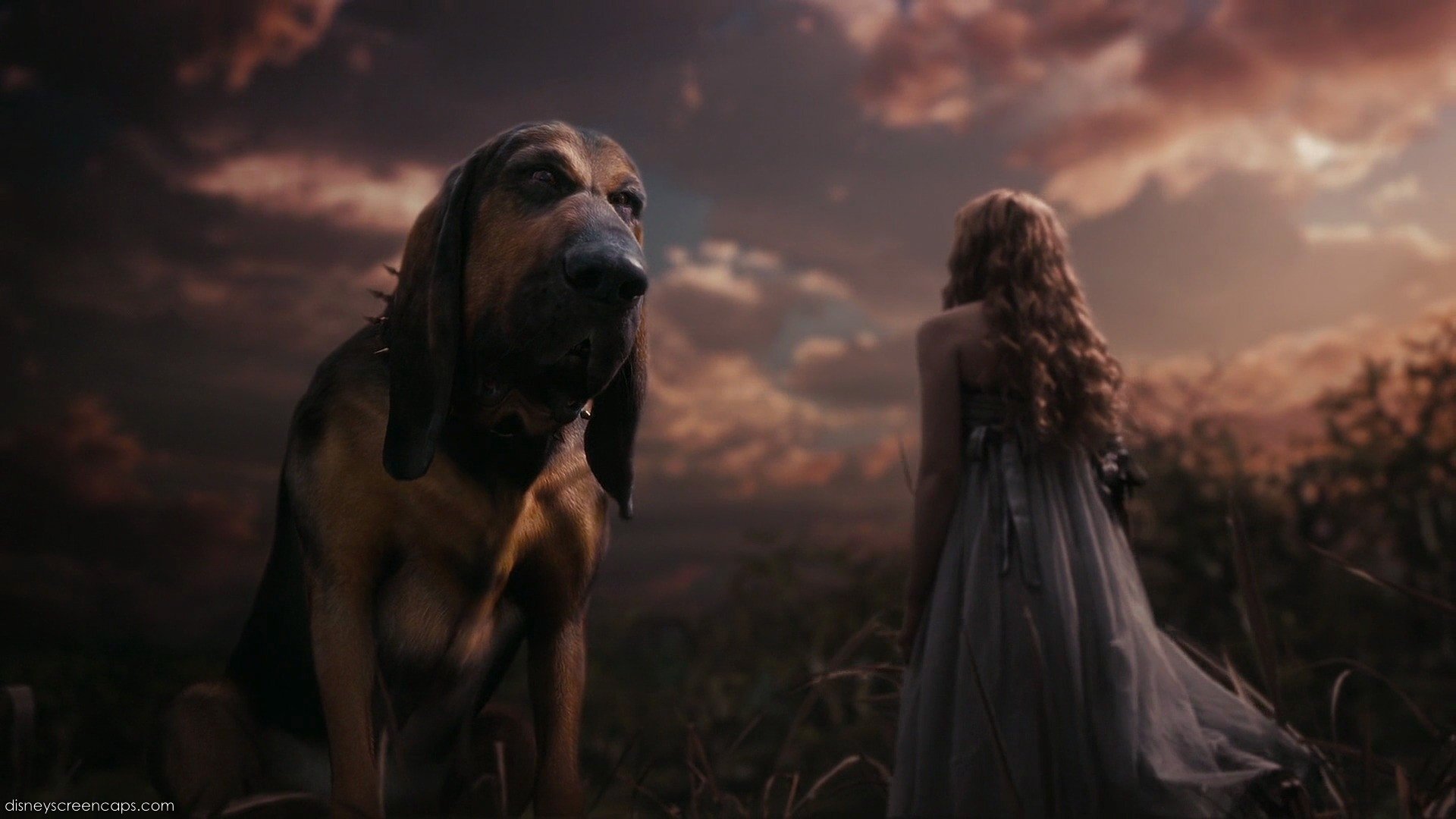
This is a highlight reel of the work I have done for all of the feature films up until 2016, so it is a bit out of date now. Continue to scroll down to see the trailers for films I have worked on in the past. I have built photo-real as well as feature animated characters.
The characters I create are puppets for the animators. The only difference from classic puppets is that they exist in a computer and have no physical form. To create one, a model is created and approved by the director. Then I create a skeleton that matches the body of the character, using real human or animal anatomy as a reference. To make it move believably, I apply various "deformers", which are complex software algorithms that bind the model to the skeleton. This allows the animators to make it move. This is just a baseline, since we want the character to deform as if skin was being moved by underlying muscle. I pose the character in many positions, evaluate the quality of the deformation, and then sculpt the character till it looks correct in each of those poses. In the end it has to look like it is real. Cartoony or other magical characters won't deform as if they have muscles, but the technique is the same to get the look that the director wants to achieve.
Finally, I add all of the controls that the animators need to bring it to life. Below are clips from the movies showing my characters in action.
The Sea Beast was my last show at Sony Pictures Imageworks, a wonderful show with which to end. I was the Character Setup Supervisor and also created the body rigs for Captain Crow and Jacob. Their huge necks were a big focal point of both characters, so I spent a lot of time getting the shape and fleshiness of the throats to look right. I also developed the Sea Legs rig that I built into the characters to help out the animators to deal with the rocking of the ocean waves.
Spider-Man: Into the Spider-Verse was an incredible film to work on. The art style was so new and refreshing, fulfilling the potential of an animated film. Leading the rigging team as the Character Setup Supervisor, I also built the body rigs for Peter Parker / Spider-Man, Wanda / Spider-Gwen and Uncle Aaron’s body and face rigs. I think Spider-Gwen was my favorite, since she was a dancer and hit some incredible poses. It was a challenge and a lot of fun to sculpt here body shapes to hit the look that the character designer created for her.
The third act fight with Mysterio on the Tower Bridge in London was our part of Spider-Man: Far From Home. I built the Spider-Man digital double, which was used in all of the big action acrobatics. It was also used to replace Tom Holland’s body when he took off his mask. This is because the filmmakers decided after photography was done that they wanted his suit to be damaged more and more as the fight progressed. Since Tom was filmed in a pristine suit, we had to completely replace his body from the neckline down in all of the shots at the end.
Men In Black: International was a fun project because I was able to work on Pawny, the cute little alien side-kick. We built a muscle and skin simulation setup so he would look very fleshy. It was a challenge to make him look good when he was so tiny.
Spider-Man: Homecoming was a demanding film to work on, but very rewarding as the final imagery looks fantastic! I built the digital-double rig for Spider-Man in the home-made suit, the Vulture's wings (a crazy complex rig) and the cargo plane. Our work is in the big Spider-Man vs Vulture fight at the end of the movie.
Below is a short video that Imageworks put together showing how we created the CG stunt-double for Spider-Man in his home-made suit. I rigged the body of the character, hand-sculpting the muscle and bone in many poses to make it look believable when in motion. When we first showed our test footage of the CG character, the director and the actor Tom Holland thought we were showing them test footage of Tom in the suit. They were very surprised that it was actually all CG.
In the film Edge of Tomorrow, the characters wore exoskeletons, essentially electro-mechanical suits that gave them great strength, mobility and firepower. While they build real suits for the actors to wear while doing stunts, there were many stunts that could not be done by the actors. I built “digital doubles” for them, both body and suit.
The video below focuses in on shots of the rig I created for Finley, the flying monkey, starring in Oz, the Great and Powerful. I setup the body rig and deformations. I also created the wing rig to mimic the operation and deformation of bird wings. The rig gave the animators full control over the broad shape of the wings while still retaining the characteristics of real wings, like separation of the primary and secondary feather groups. This allowed the wing to fold up properly and compactly using only a few main controls. It also keeps the feathers layered properly while still providing full control for the animators, when they need it.

